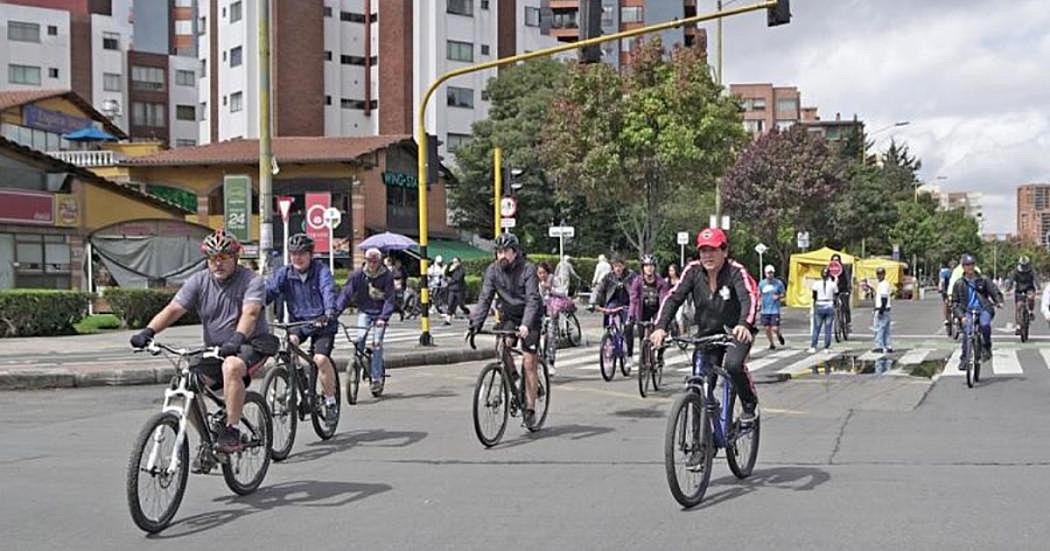The Bogotá Institute of Recreation and Sport (IDRD, For its acronym in Spanish), in collaboration with Unesco as part of the 'Fit for Life' program, conducted a research to measure the impact of its management on the environment, public health, safety, and city development.
Bogotá is now positioned as the first city in the world to assess the impact of sports on sustainable development and social return on investment. This is a milestone for Bogotá, as it sets an example for other cities worldwide to take the initiative in building more active and healthier communities.
Blanca Durán, director of IDRD, emphasizes the importance of this work, stating, "It's the first time that the Bogotá Institute of Recreation and Sport has conducted its own research in collaboration with internationally renowned organizations like UNESCO, to evaluate the impact of its policies and programs related to sports and physical activity on the city."
Contenidos relacionados
Active and Healthy Population
The data recorded indicates that 56.6% of Bogotá's population between the ages of 18 and 64 engage in sufficient physical activity, with 90% of those participating in IDRD programs being sufficiently active. However, there is a gender gap of 25.2%, meaning that women engage in less physical activity compared to men. Regarding the school-age population, the results show that 13.3% of students are sufficiently active.
The success of the "Construction of Active and Healthy Communities" investment project implemented by IDRD is noteworthy, as it has resulted in a cost-saving of 311 million dollars in healthcare expenses and helped prevent 835,000 cases of coronary diseases in the population.
Regarding some health findings, the research suggests that in the case of breast cancer prevention in women, the Ciclovía program could have reduced the affected population by more than 29,000 women (out of a regular practitioner population of over 725,000). This could potentially lead to a reduction in healthcare costs of about 133.432 million dollars, based on estimates of the cost of the disease per patient in Colombia during 2018.
In the case of coronary diseases and strokes, the Ciclovía program could have reduced the affected population by more than 49,000 individuals (out of a regular practitioner population of over 1.9 million), resulting in a potential reduction in healthcare costs of approximately 267 million dollars annually (based on estimates of the disease's cost in 2012).
Notable Figures in Bogotá
Among the most significant data points is that 6.03% of the public budget in the capital is allocated to sports and physical activity. Of this investment, 3.52% is executed through IDRD, with its various programs and activities benefiting children, youth, adults, and seniors in different areas of the city. Additionally, the sports and physical activity sector contributes 1.07% to the Gross Domestic Product (GDP), highlighting its importance in the economy.
Alfonso Jiménez, Unesco consultant, comments: "We assess the social impact of IDRD's programs, and the public return on investment in sports is astonishingly positive, as evidenced by the results obtained. Bogotá's strategic vision allows for high rates of return on investment, translating into benefits for society. Without a doubt, Bogotá has become a global benchmark."




